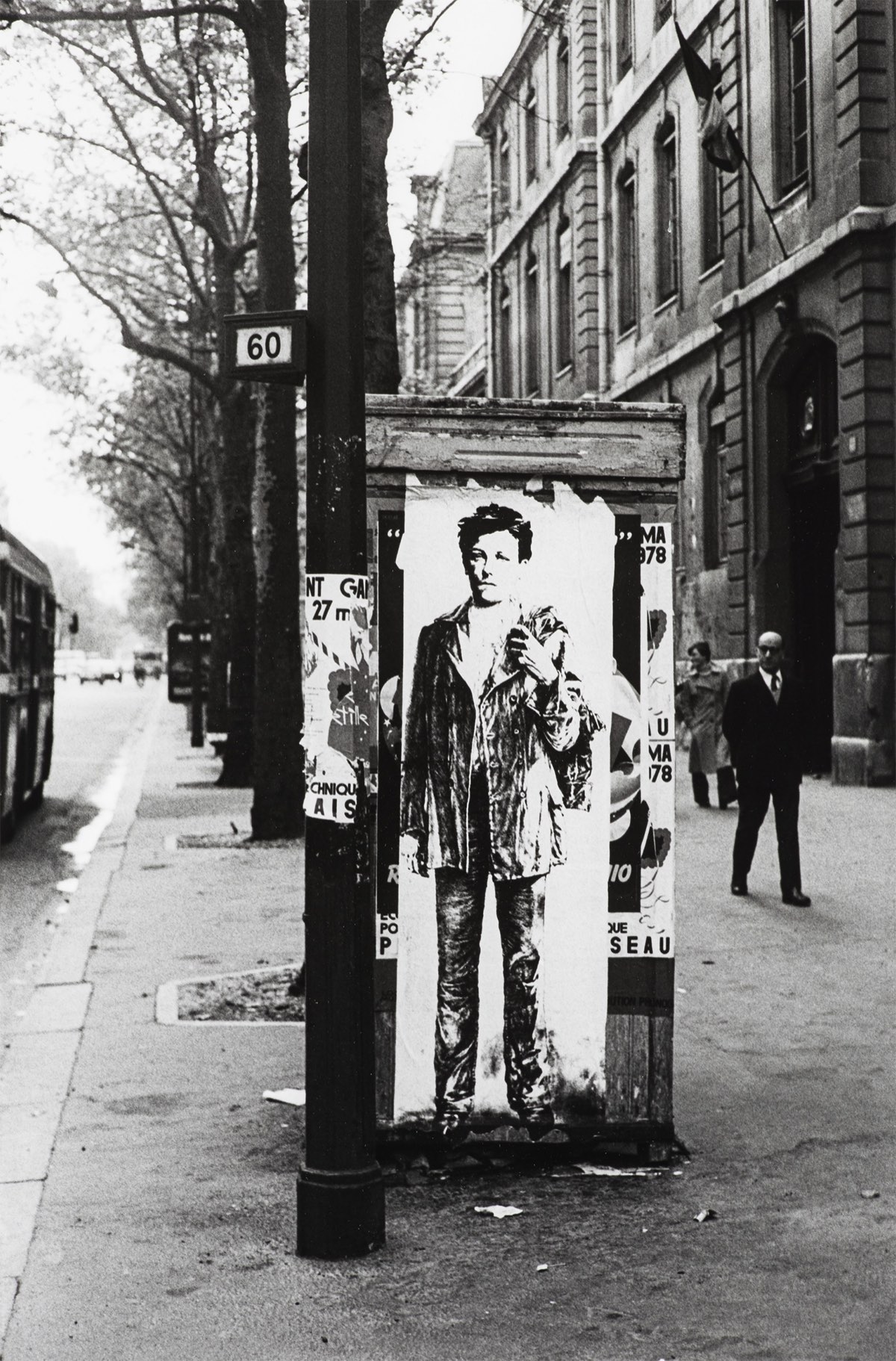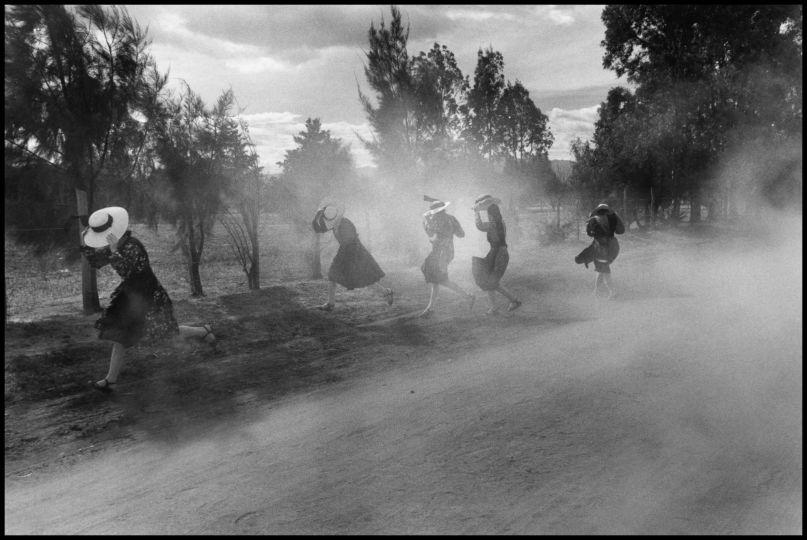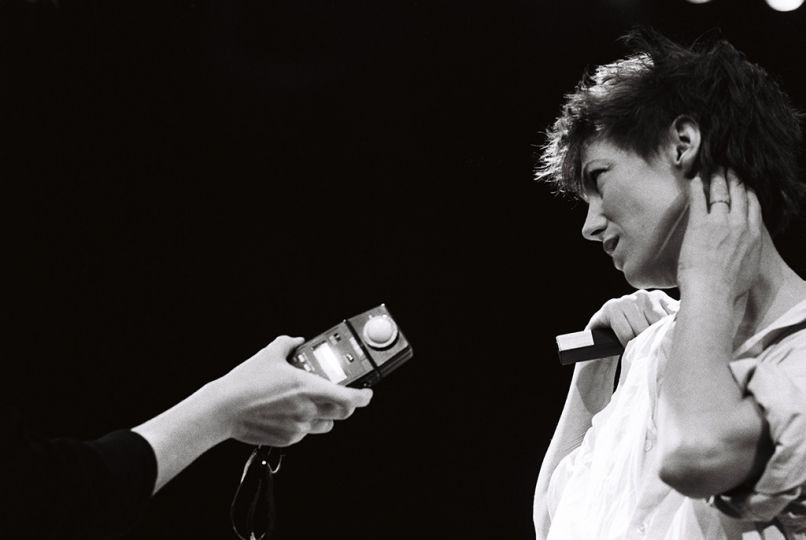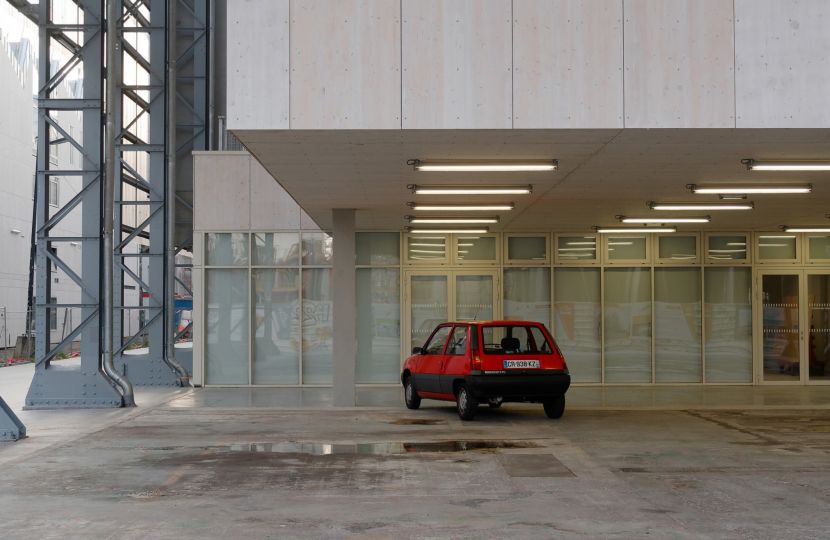Pasted on the walls of Rome, Ostia, Naples, the portrait of Pier Paolo Pasolini carrying his death self in his arms. Just where the writer and film director lived and died. Pasted on the docks in Brest a man flattened against the wall as if put on the cross, a reference to the novel by Jean Genet published in 1947.
Ernest Pignon-Ernest is an artist whose work is often born from reading, and who only draw to put his representation in a place where the story resonates. A man who is committed and discreet, the artist offers a vision both historical and political, making the space where he works a real artwork, offering the passerby a new vision of a neighborhood, a street, an address. The artworks of Ernest Pignon-Ernest call out.
They are born, live and die to the rhythm of the city, revealing what is sacred. “My drawing is born from the physical approach of a space and a more symbolic approach of its history. The space becomes the subject.” The character runs away, the impermanence of the work, its death foretold is willed by Ernest Pignon-Ernest: “Fragility is one of the elements of my work.”
The singularity of the artist was to photograph his works keeping a durable trace of his passage, 29 photographs of Ernest Pignon-Ernest are manifesting today in the Château Palmer, in Margaux this original process, from Rome to Uzeste going thru Naples, Paris, and Brest, about presence and absence, what is said or unsaid, poetry and commitment, the impermanence and the memory. “I Don’t do artwork about a place but try to make the place an artwork,” says Ernest Pignon-Ernest.
Read more at https://www.chateau-palmer.com/
Information
Château Palmer
Lieu-dit Issan 33460 Margaux France
May 05, 2018 to August 31, 2018
















